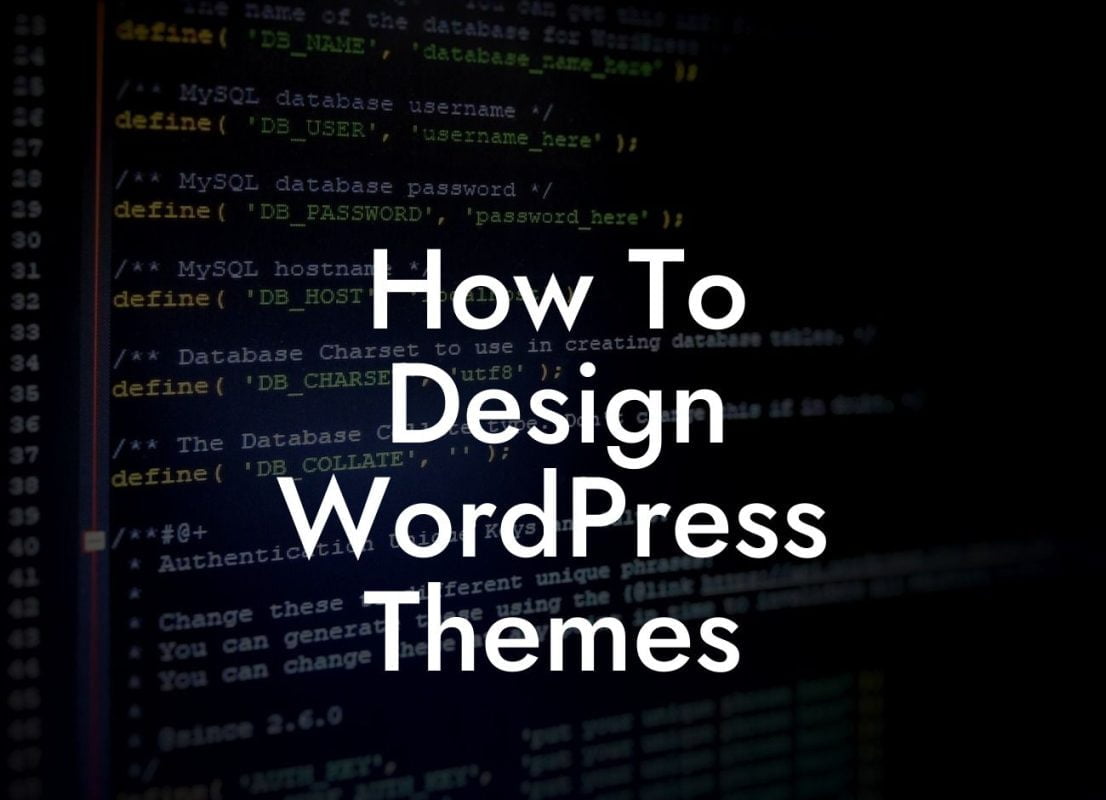Blog posts are a crucial aspect of any successful website. They not only provide fresh content for your audience but also contribute to search engine optimization (SEO) efforts. However, navigating the process of adding blog posts to pages in WordPress can often be a daunting task. In this comprehensive guide, we will show you how to effortlessly incorporate blog posts into your WordPress pages, enhancing your online presence and attracting more visitors.
Adding blog posts to pages in WordPress is simpler than you may think. By following these easy steps, you'll be able to seamlessly integrate your blog posts, creating a cohesive and engaging website experience for your visitors.
1. Select a WordPress Page:
Choose the page where you want to display your blog posts. This is usually your homepage or another designated "blog" page.
2. Adjust Page Settings:
Looking For a Custom QuickBook Integration?
Once you've chosen the page, access the Page Settings. Look for the "Template" option and select the "Blog" template if available. If the "Blog" template is not present, you can install a suitable WordPress plugin that offers this functionality.
3. Configure Blog Layout:
Next, you'll need to configure the blog layout. Determine how many posts you want to display on the page and decide whether you want to include the full content or just excerpts. WordPress provides options for controlling the number of posts per page and the length of excerpts.
4. Adjust Permalink Settings:
To ensure a user-friendly and SEO-optimized structure, customize your permalink settings. WordPress allows you to create descriptive URLs for each blog post, incorporating relevant keywords.
5. Publish and Preview:
After configuring the necessary settings, publish the page and take a sneak peek at how your blog posts will appear. Make any revisions or adjustments as needed.
How To Add Blog Posts To Pages In Wordpress Example:
Suppose you run a small creative studio that offers graphic design services and web development. You want to display your team's design-focused blog posts alongside the portfolio on your website's homepage. By following the steps outlined above, you can easily integrate your blog posts into the homepage, providing valuable content to your visitors and showcasing your expertise.
Now that you've mastered integrating blog posts into WordPress pages, the possibilities are endless. Enhance your online presence even further by exploring other insightful guides on DamnWoo and discover how our amazing plugins can supercharge your success. Don't settle for cookie-cutter solutions; choose DamnWoo and embrace the extraordinary. Share this article with others who may find it helpful and take the first step towards maximizing your small business or entrepreneurial website today.













